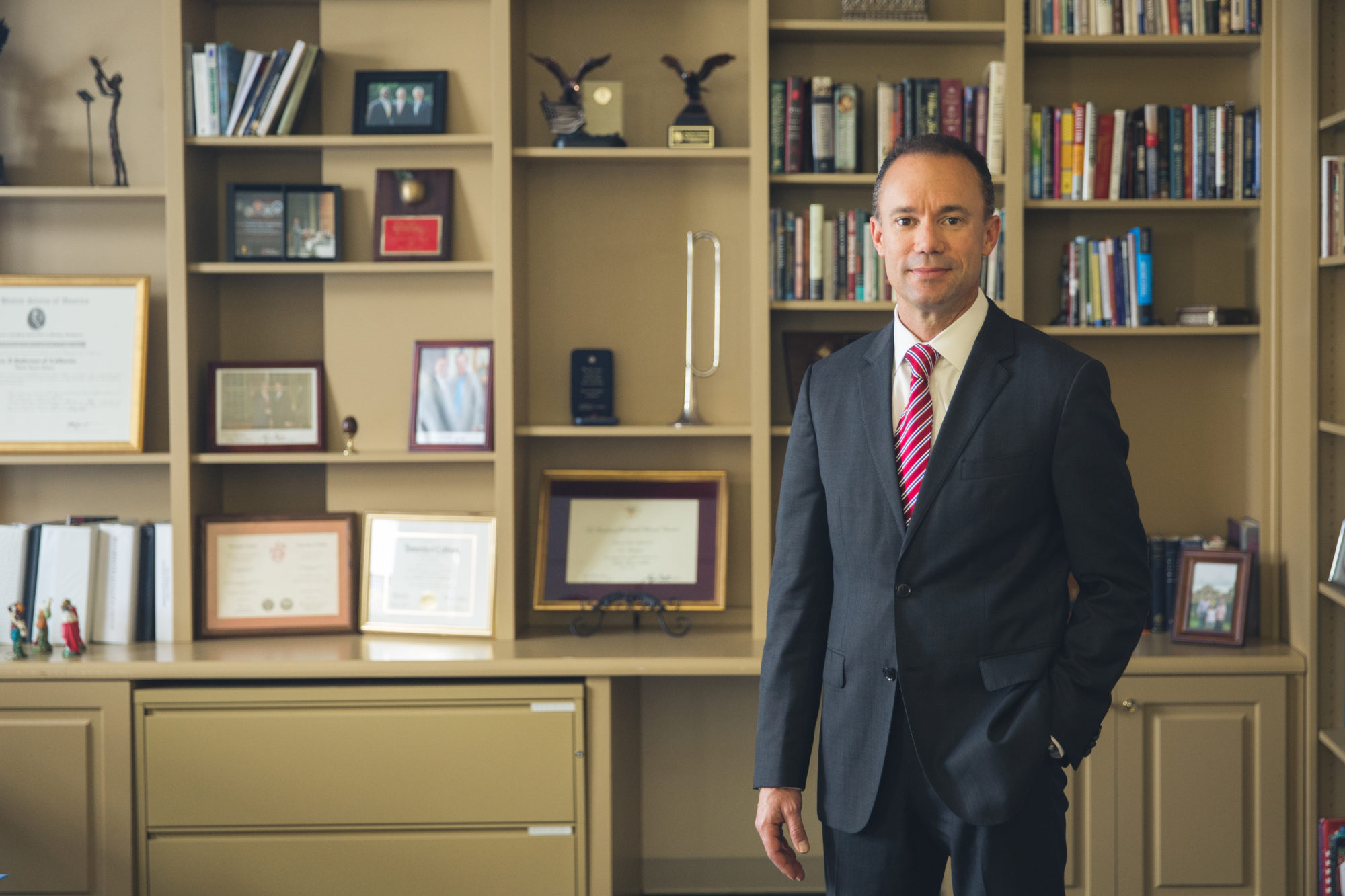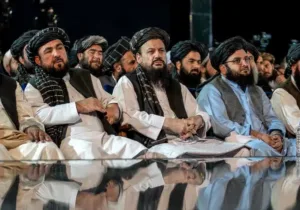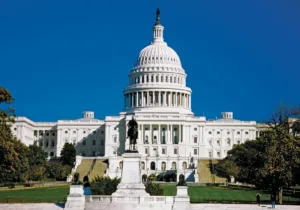The loathsome August 26 attacks outside the Kabul airport killed 13 American military personnel, two hundred Afghans, and injured many more. These attacks were not committed by the Taliban, but rather its local rival, the Islamic State-Khorasan Province (ISIS-K). The rivalry between the two suggests that Afghanistan will not experience a Taliban’s “victor’s peace.” Even more alarming, it puts Christians and other religious minorities, such as Afghanistan’s Shia minority, in the crosshairs.
Let’s take a look at the players, the victims, the outbidding cycle, and why ISIS-K is likely to ramp up the violence in Afghanistan. All of this suggests much more violence that will target Christians and Shia Muslims, as well as more oppression of highly (Western) educated people, women, and others who may not bend to the new social order.
The Taliban began as an indigenous, mostly Pashtun, anti-corruption movement. After two decades of the Taliban’s moral compromises on sex, drugs, and violence, many forget that the Taliban started when a schoolteacher named Mullah Mohammed Omar began vigilante prosecutions at corrupt checkpoints. He went on to brandish the cloak of the Prophet Mohammed, still housed today in a Kandahar mosque, while calling for the liberation of Afghanistan. The Taliban (“students” or talibs) fought their way to control large portions of the country in the 1990s, but coalition assaults smashed and dispersed them in 2001. It is important to note that the Afghan Taliban is essentially Pashtun, devoutly Sunni in a narrow, historically conservative way, and does not call for attacks against foreign powers outside of Afghanistan’s boundaries (whereas the Pakistani Taliban, al Qaeda, ISIS, and other groups do).
In contrast, the parent of the various ISIS movements was al Qaeda in Iraq (AQIP). AQIP’s co-founder, Abu Musa al Zarqawi, famously laid out a strategy for causing civil war in Iraq and pulling the West in. The rationale for his strategy, laid out in documents acquired by US forces, was this: Attack US forces in Shia neighborhoods; attack the Shia; foment civil war in Iraq between Sunni and Shia, such as by attacking famous mosques like the Golden Domed Mosque in Samarra. This would pull large numbers of Sunni fighters in from around the Arab world and defeat the noxious blasphemy of Shiism (associated with Iraq’s majority Shia population as well as neighboring Iran).
AQIP and Osama bin Laden’s al Qaeda formally split over the garish tactics of AQIP, which included beheadings, torture, and rape. The two openly skirmished in Iraq and elsewhere. The rank and file of AQIP evolved and became Islamic State (ISIS), better known in the region as Daesh. ISIS’ model of fear and destruction, on display in Iraq and Syria, has been adopted from West Africa to Southeast Asia.
What does Iraq’s al Qaeda vs. ISIS history have to do with Afghanistan today?
In Iraq, ISIS tried to prove its street cred through increasingly extreme behavior. Violent Islamists like ISIS engage in the grotesque to publicize their message. They try to recruit an army of like-minded young men, inspire dread among locals (so that they cower and surrender), and scare off the West. Ironically, however, the Islamist groups have gotten into a cycle of outbidding that horrifies, rather than attracts, normal Muslim citizens. Groups are trying to out-do, or outbid, one another in shocking acts. The Pakistani Taliban imitated ISIS’ brutality by killing 150 school children. Boko Haram in Nigeria became more and more extreme over the years. A Boko Haram splinter organization, Islamic State-West Africa Province, tries to outdo Boko Haram in kidnapping, ransom, and murder. Each is trying to earn top billing in the headlines of horror.
This is a downward cycle of bestial behavior perpetrated by blood-lusting, unrestrained men. Unfortunately, in the past millions of people in Muslim societies long winked at, and even supported, these rogue elements. Saudi Arabia’s financing of Wahhabist-inspired mosques around the world has contributed to radicalization (observe ISIS’ Wahhabi-like emphasis on “purity”). Muslim governments’ demonization of the West as well as the religionization of politics in Pakistan, Iraq, and elsewhere have contributed to a churning cauldron of hate.
Whether in Iraq, Nigeria, or Pakistan, Muslims execute much of the violence against other Muslims. In the case of Afghanistan, that means a return to Sunni-on-Shia violence as the Taliban, ISIS-K, the Haqqani Network, and others (all Sunni) set their sights on the country’s four million Hazara (Shia), just as they did in the 1990s.
Even worse, in Afghanistan there is a tiny minority of Christians made up almost entirely of converts from Islam. The Taliban and the other terrorist groups all agree on one thing: conversion from Islam is apostasy. Will these groups try to demonstrate their fidelity to their distorted versions of Islam by outbidding each other with violence targeting Christians? Will they try to attract followers, particularly ruthless young men, with an extreme license as ISIS did in the Middle East? How bad can it get? Beheading. Torture. Rape. Slavery. Martyrdom. We see it in Nigeria’s Middle Belt, and we saw it in Iraq and Syria.
In the days ahead, the West must decide if it will allow more ethnic cleansing and more genocide, as it did for years in Iraq and Syria. Will it follow the example of India, who repatriated its fellow religionists (Sikhs and Hindus) just last week? Will it make every effort to defend and provide refuge to those who ask for it? Will it punish gross human rights violations? Or will the West, following the ignominious example of President Joe Biden’s surrender and abandonment of Afghanistan, sit by and let these people suffer?






